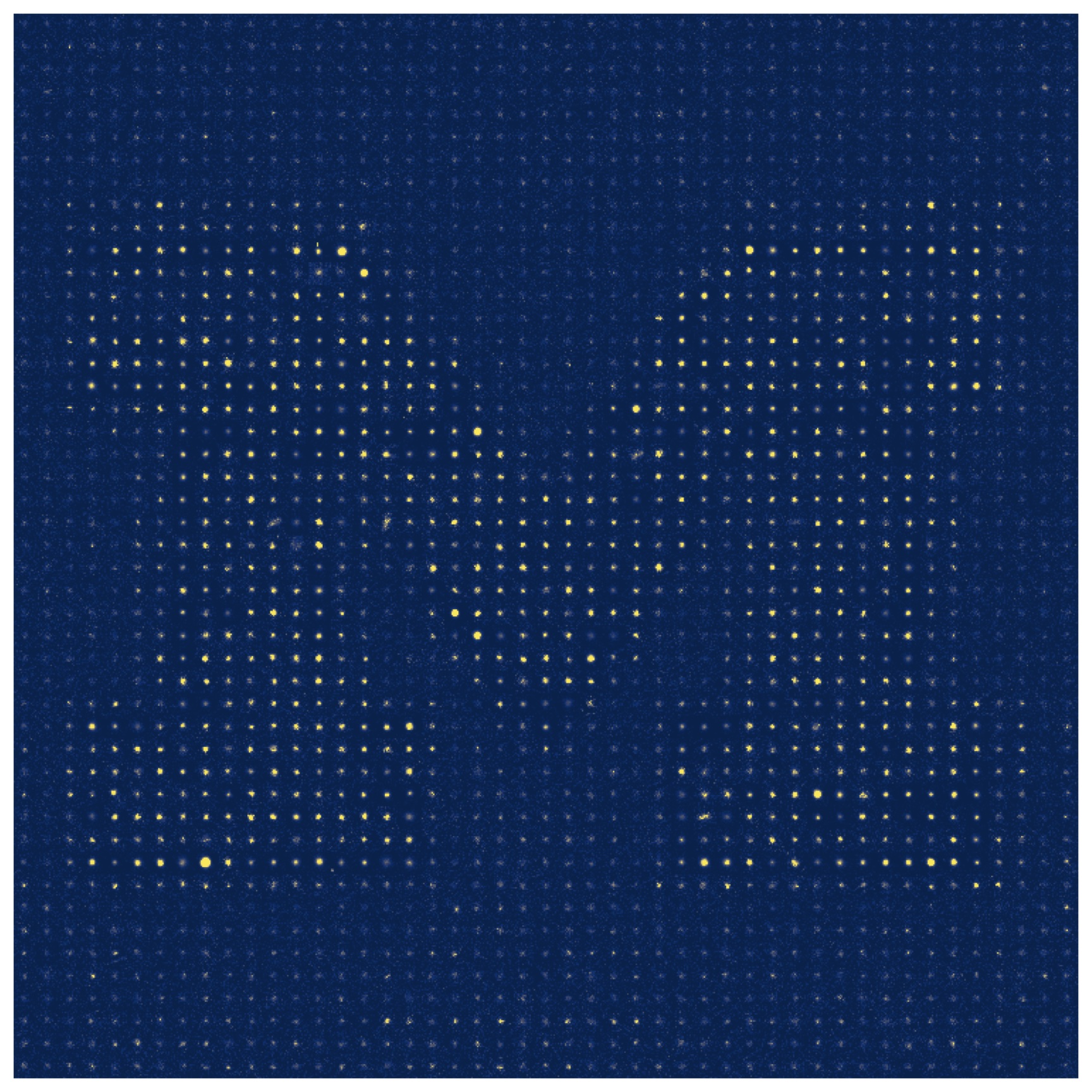I study the Solar System’s small-body populations, objects that are cosmic leftovers from the protoplanetesimal disk from which the Earth and the other planets formed. These populations range from near-Earth asteroids, to the main asteroid belt between Mars and Jupiter, to more distant populations such as Jupiter and Neptune Trojans, Kuiper Belt objects, and beyond. My main area of focus is the vast region beyond Neptune, where thousands of small, icy worlds, largely undisturbed for the past 4.5 billion years, take hundreds of years to orbit the sun. Because these objects are very distant (over 40 times Earth’s distance from the sun), they are ultra-faint and difficult to detect even with large telescopes. I use the tools of data science and machine learning to increase our discovery reach by enabling searches for objects that are too faint to be detected in individual images. We do this by combining multiple images into the equivalent of a single long exposure, a process that is greatly complicated by the fact that our target objects don’t stay in the same place even over the course of a few minutes. This approach requires us to combine the same images many, many ways, corresponding to a range of physically possible orbits, and involves extensive use of machine learning and optimization. The overall goal of this program is to fully characterize these distant populations, to better understand how our Solar System evolved to its present state.

